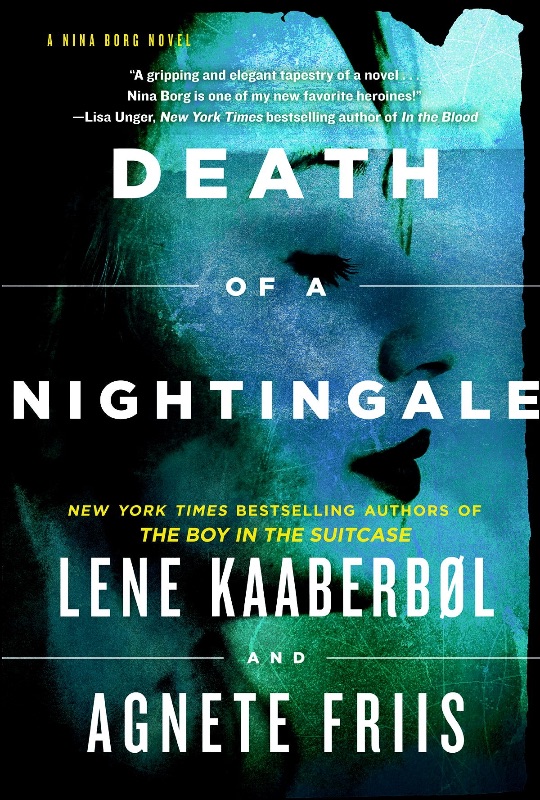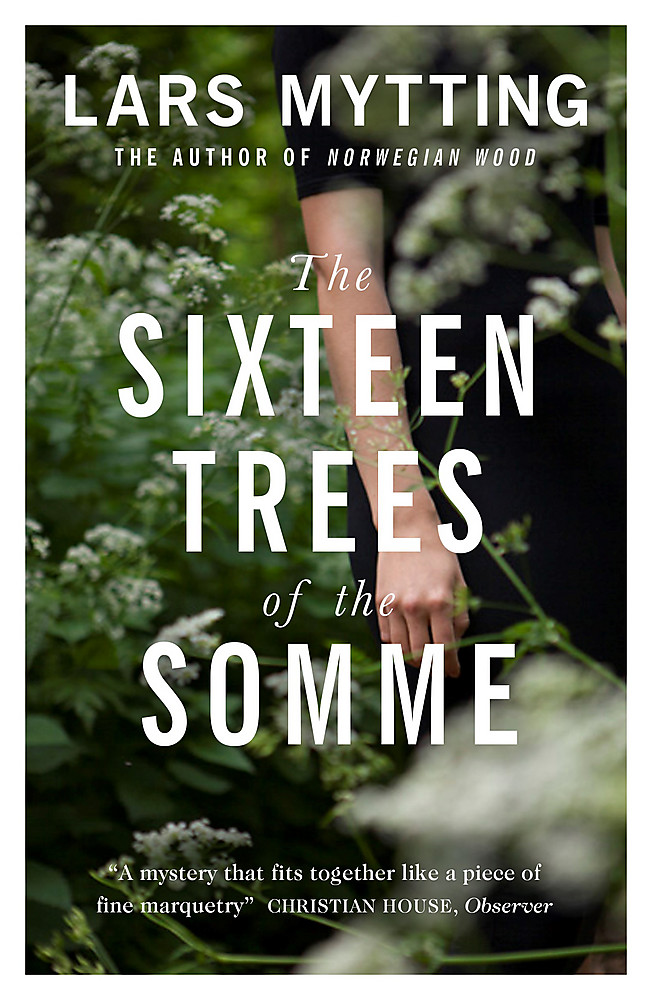
It can be tricky reviewing the middle book in a trilogy without giving away key events from the previous book. I read the first book earlier in the year and was captivated by the story of a small town in remote Norway, the ill-fated love-triangle, and the legend of the conjoined twin sisters and the church bells made in their honour.
So when The Reindeer Hunters came out, I was eager to pick up where the story left off. I will do my best not to throw out any spoilers, but if you want to read a spell-binding historical series, ignore this post just in case and get cracking with The Bell in the Lake. (Also, as I might have mentioned before, DO NOT read the publisher’s blurb for The Reindeer Hunters if you haven’t yet read The Bell in the Lake as it contains a jaw-dropping spoiler!)
In The Reindeer Hunters, the story has moved on a couple of decades to 1903 and Pastor Kai Schweigaard has become well attuned to the ways of his parish. He has quite a few regrets over events of the previous book but is a kindly man and wise. He formerly struggled to deal with local superstitions, but of late has been obsessed with finding the Hekne weave. This is a tapestry created by the twin Hekne sisters in the early 1600s, hidden away because of its unpopular Doomsday theme and said to foretell the fate of the last village pastor. It is one thing he can do for the woman he loved and lost, particularly as he has fallen out with her son.
Jehans Hekne lives on a small holding, working the land of his tyrant of an uncle to whom he has promised a reindeer. To do this he must set out on forays in the wilderness with his 1848 chamber charger rifle. He lives a simple life but dreams of a better one, or at least a better gun, when he meets another hunter, Victor Harrison, a well-healed Englishman. The two lay claim to having shot the same reindeer, but good-humouredly strike up a bargain: Victor gets his trophy and Jehans the means to get a new gun. A connection sparks between the two men who are oddly similar in spite of the differences of class and nationality.
The story weaves between the three characters with the legend of the bell in the lake hovering in the background. As the story goes, the bell can only be raised from its watery home by two Hekne brothers with no siblings born between them. But how can such myths still survive at a time when change is coming to this forgotten valley? There’s talk of rail opening up the country, and Jehans, who owes his education to the pastor, can’t help thinking about the possibilities of electricity. Victor is mesmerised by flight.
The Reindeer Hunters is another brilliant read. I thought it might be one of those middle-of-a-trilogy books that languishes from the need to fill in a chunk of plot between the promising beginning of the first book before things crank up to a heart-pounding finale in the third. But if anything, I like this book better than the first. It seems to strike a good balance between big events and the development of its characters.
As the story rolled on towards the end, I couldn’t put it down, quite desperate to know how things would turn out for Kai, Jehans and Victor. If things are going to crank up from here in the last book, I’m definitely going to need a cup of tea and lie down afterwards. If you love historical fiction, this trilogy really is a must-read. The Reindeer Hunters gets a rare five stars from me.




